Tag: study
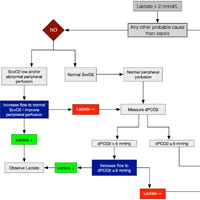
The Ten Pitfalls of Lactate Clearance in Sepsis
Clearance is the removal of a substance from blood, expressed as a volume (milliliters) over time (minutes). However, changes in lactate levels are the sum of ongoing production and removal from the blood by excretion (e.g.,... read more

Low-dose Corticosteroids for Adult Patients with Septic Shock
The results of this systematic review provide an evidence summary to inform clinicians regarding decisions to use corticosteroids in adult patients with septic shock. We found that assignment to treatment with corticosteroids... read more

Noninvasive Retinal Analysis for Cardiovascular Profiling of Patients with COPD
Chronic obstructive pulmonary disease (COPD) is a complex disease with many patients suffering from cardiovascular comorbidity. However, cardiovascular diseases remain often undiagnosed in COPD. Assessment of the retinal... read more
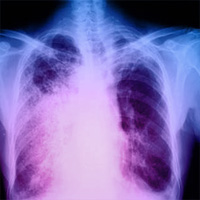
Metabolic Profiles in Community-Acquired Pneumonia
This study demonstrates that serum metabolomics approaches based on the LC-MS/MS platform can be applied as a tool to reveal metabolic changes during CAP and establish a metabolite signature related to disease severity. The... read more

Blood Cultures Drawn From Arterial Catheters Are Reliable for the Detection of Bloodstream Infection in Critically Ill Children
Arterial catheters may serve as an additional source for blood cultures in children when peripheral venipuncture is challenging. The aim of the study was to evaluate the accuracy of cultures obtained through indwelling arterial... read more

Effect of Use of a Bougie vs Endotracheal Tube and Stylet on First-Attempt Intubation Success Among Patients With Difficult Airways Undergoing Emergency Intubation
In this emergency department, use of a bougie compared with an endotracheal tube + stylet resulted in significantly higher first-attempt intubation success among patients undergoing emergency endotracheal intubation.... read more
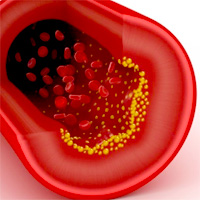
Lack of association between airflow limitation and recurrence of venous thromboembolism among cancer patients with pulmonary embolism
The presence of airflow limitation did not increase the risk of VTE recurrence in cancer patients with PE. Prospective studies are needed to validate this finding. Among 401 cancer patients with newly diagnosed PE, spirometry-based... read more
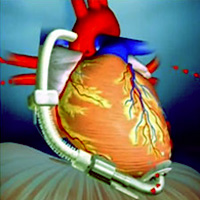
Comparison of Transplant Waitlist Outcomes for Pediatric Candidates Supported by Ventricular Assist Devices Versus Medical Therapy
This is a comparative study of ventricular assist devices versus medical therapy in children. Age is a significant modulator of waitlist outcomes for children with end-stage heart failure supported by ventricular assist device,... read more
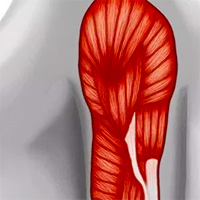
Evaluating Muscle Mass in Survivors of ARDS
In the first year after acute respiratory distress syndrome (ARDS), patients gained fat mass and maintained lean mass. We found no association of whole body percent lean mass with commonly hypothesized hospital risk factors.... read more
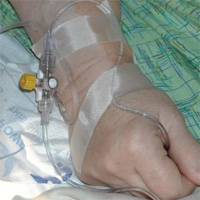
Nicorandil Protects Older Patients from Myocardial Injury After PCI
Intravenous nicorandil cut the risk of periprocedural myocardial injury (pMI) after percutaneous coronary intervention (PCI) by 49 percent among patients 65 and older, according to a substudy of a randomized trial published... read more

Benzodiazepines and Development of Delirium in Critically Ill Children
Benzodiazepines are an independent and modifiable risk factor for development of delirium in critically ill children, even after carefully controlling for time-dependent covariates, with a dose-response effect. This temporal... read more
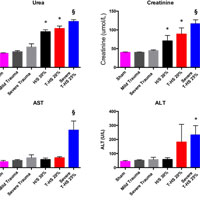
Scavenging Circulating Mitochondrial DNA as a Potential Therapeutic Option for Multiple Organ Dysfunction in Trauma Hemorrhage
Trauma is a leading cause of death worldwide with 5.8 million deaths occurring yearly. Almost 40% of trauma deaths are due to bleeding and occur in the first few hours after injury. Of the remaining severely injured patients... read more
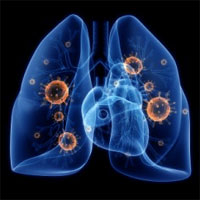
Prevention of VAP: Effects of a National multi-modal Approach in Spain
This large, prospective multi-centre study demonstrates that a national approach (incorporating a care bundle, education cascade, and clinical governance process) for Ventilator-associated pneumonia (VAP) prevention is feasible... read more

Hemodynamic Response After Rapid Sequence Induction With Ketamine in Out-of-Hospital Patients at Risk of Shock as Defined by the Shock Index
After ketamine induction, high shock index patients exhibited blunted hypertensive responses and more frequent hypotension, whereas low shock index patients had sustained increases in pulse rate and SBP. One hundred twelve... read more




